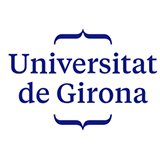Detailed introduction of the University of Girona:
Introduction and Overview
Geographical location: Located in Girona, Catalonia, Spain, the city is located in the northeast of Spain, 100 kilometers north of Barcelona. It has a pleasant climate all year round and still retains its medieval appearance. The famous American TV series "Game of Thrones" was filmed here.
Student size: As of 2021, the number of students exceeds 15,000, including 12,067 undergraduates, 835 postgraduates, and 629 doctoral students.
History and establishment time
The history of the University of Girona can be traced back to 1446. It was a learning center founded by King Alfonso IV of Catalonia and Aragon. The king authorized it to issue academic degrees in grammar, rhetoric, philosophy, theology, law and medicine.
Teaching activities officially began in 1572.
In 1717, the university was closed due to war and other reasons.
19 In the 18th century, the local city council promoted the establishment of the so-called Free University of Girona, which provided legal and pharmaceutical studies until 1874.
In the 1960s, inspired by the resumption of teaching in the local normal school, the Girona College and the Higher Technical Institute were established, affiliated to the Autonomous University of Barcelona and the Polytechnic University of Catalonia respectively.
In December 1991, the Catalan government created the new University of Girona.
School Strength
Teaching Quality: Focus on improving teaching quality and provide students with high-quality education in multiple disciplines. Taking the tourism major as an example, practical teaching is carried out in combination with the rich local tourism resources to enable students to better master professional knowledge and skills.
Faculty: It has a high-quality faculty team, and the teachers have rich teaching and research experience in their respective fields, and can provide professional guidance and support to students.
Scientific Research Strength: Scientific research mainly focuses on strategic areas such as water science and management, tourism and sustainable development, and has also achieved remarkable results in important research and innovation projects such as computer simulation and application, food and agriculture, biomedicine, quality of life and cultural heritage. The school has 12 research institutes, 24 academic departments and 107 research groups.
Institutional nature
Public university.
Educational philosophy
Pursue excellence in teaching and research, participate in social progress and development through the creation, dissemination, promotion and criticism of science, technology, humanities, social sciences and art, rooted in local and Catalan culture, and at the same time show universality and openness to all traditions, progress and culture.
Key laboratories and disciplines
Key disciplines: Environmental science, sociology, chemistry and other disciplines are among the top in Spain. Tourism is also one of its advantageous majors. Relying on local tourism resources, the teaching and research results of this major are remarkable. In addition, disciplines such as medicine, law, and education also have a high level of teaching and research.
Key laboratories: The school has a number of research centers and laboratories related to key disciplines, such as the Water Science Research Center, which provide strong support for scientific research in related fields.
Department Settings
The school has seven departments, including the Department of Tourism, the Department of Science, the Department of Economics and Business Science, the Department of Education and Psychology, the Department of Law, the Department of Literature, and the Department of Medicine. It also includes the School of Science and Technology, the School of Nursing, and the School of Media.
Ranking
2023 Times Higher Education World University Rankings: 801-1000.
2023 US World University Rankings: 759th.
2022 Soft Science World University Rankings: 801-900.
Expenses
Undergraduate tuition fees are generally around 680-1200 euros per year, and master's tuition fees are around 800-1500 euros per year.
Campus Environment
Campus Distribution: The University of Girona is rooted in the city and has three different campuses: Montilivi, Barri Vell and Centre, in addition to development areas such as the Science and Technology Park. The Montilivi campus consists of unique buildings in an open space, and the Barri Vell campus is characterized by the restoration of historical buildings, which is part of the city's historical heritage.
Campus Facilities: The campus has a variety of architectural styles and complete facilities, including modern teaching buildings, libraries, laboratories and other teaching and research facilities, as well as gymnasiums, student dormitories, restaurants and other living facilities, providing students with good learning and living conditions.
-
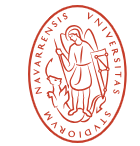
University of Navarra
-

Autonomous University of Madrid
-

Polytechnic University of Catalonia
-

CEU University of San Pablo
-
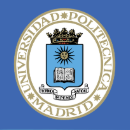
Technical University of Madrid
-

University of Lleida
-
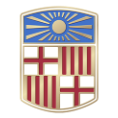
University of Barcelona
-

University of Oviedo
-

University of Salamanca
-

University of Valladolid
-

Mesoamerican University
-

Istmo University
-
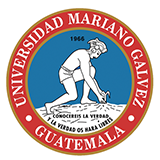
Mariano Galvez University of Guatemala
-
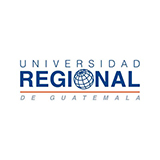
Regional University of Guatemala
-
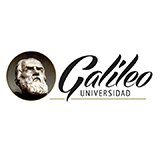
Galileo University
-
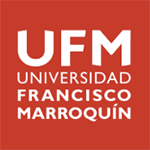
Francisco Marroquín University
-

Rafael Landívar University
-
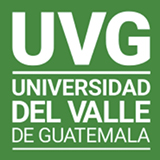
University of the Valley of Guatemala
-
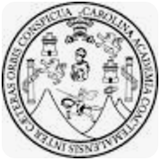
University of San Carlos of Guatemala
-
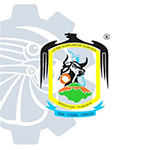
Technological Institute of Tlaxcala Plateau
-
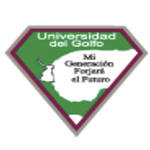
Golfo University
-
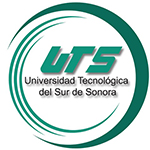
Technological University of South Sonora
-
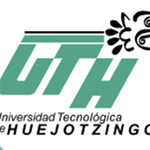
Technological University of Huejotzingo
-

Tizimín Institute of Technology
-
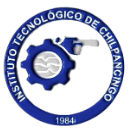
Chilpancingo Institute of Technology

